The Deer and the Alligator; brought to you by Lithic Literature.
The Deer and the Alligator.
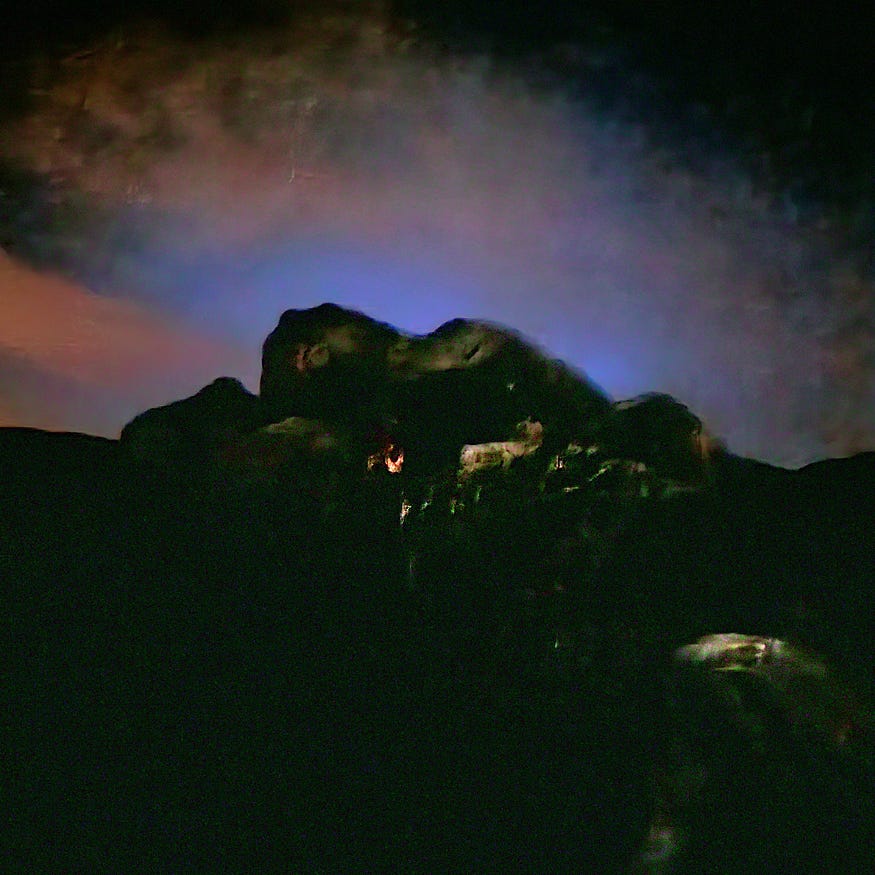
I have to wonder, what had driven me to climb to the highest point of the caldera overlooking the town of Ribeirinha on Terceira Island and take pictures in the dark? I am here to study the stones and the information etched on the surface by earlier humans. As I have explained in previous articles I am conducting an observational experiment documenting this information that I have labeled “Lithic Literature”. I have to stop here and thank Enric Roca Hontecillas, he is my brother in the rocks and contributed in choosing a term that would best describe what we were both finding in our research. Part of this experiment is assuming that pareidolia is not a children’s game giving substance to cloud formations, but instead a gift from our ancestors. In this experiment we are assuming that even before woman was “human” , she😏 was already using the mark to communicate. The human mark employed the natural forms to inspire their art and communications. We know they looked at the stars and created the star maps that we now recognize as astronomy/astrology. Every line they added to the design became part of the brain as it began to consume the world around it. Lithic Literature became the design that allowed the humans to begin to document and store their information. If I can turn your head to look at the timeline that we may be talking about, it goes back easily a million years. This blog is an opportunity to share this knowledge, but even more, it is my observational documentation and so far it has taken me over the moon with delight. I have still to figure out what prompted me to take a stab in the dark. A stab in the dark wet night with my camera set for night shots. At first, I had no idea what I had found. Reaching out to local support, the humble David Francisco of Madeira , who may be the only other person that may be more addicted to rocks than Mr. Roca and myself, whose photography of stone is most precise , to explain the strange lighting. My friend from Madeira suggested that it was the feldspar and other volcanic glassy material which was producing the incredible reflections. I totally agree. Upon this return visit, I returned to the stone monument an could find the well napped eye of the alligator reassuring me it was intentional.
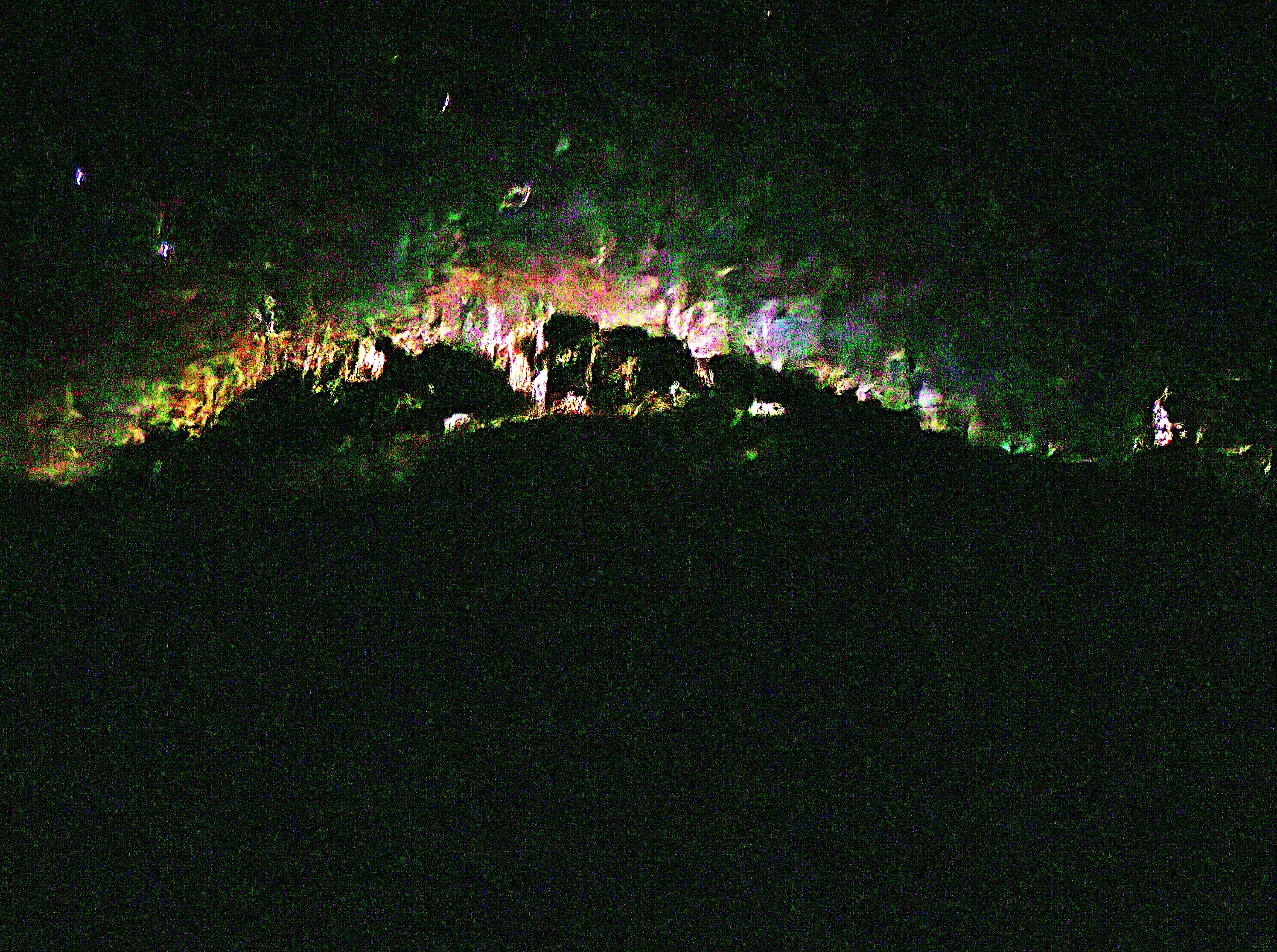
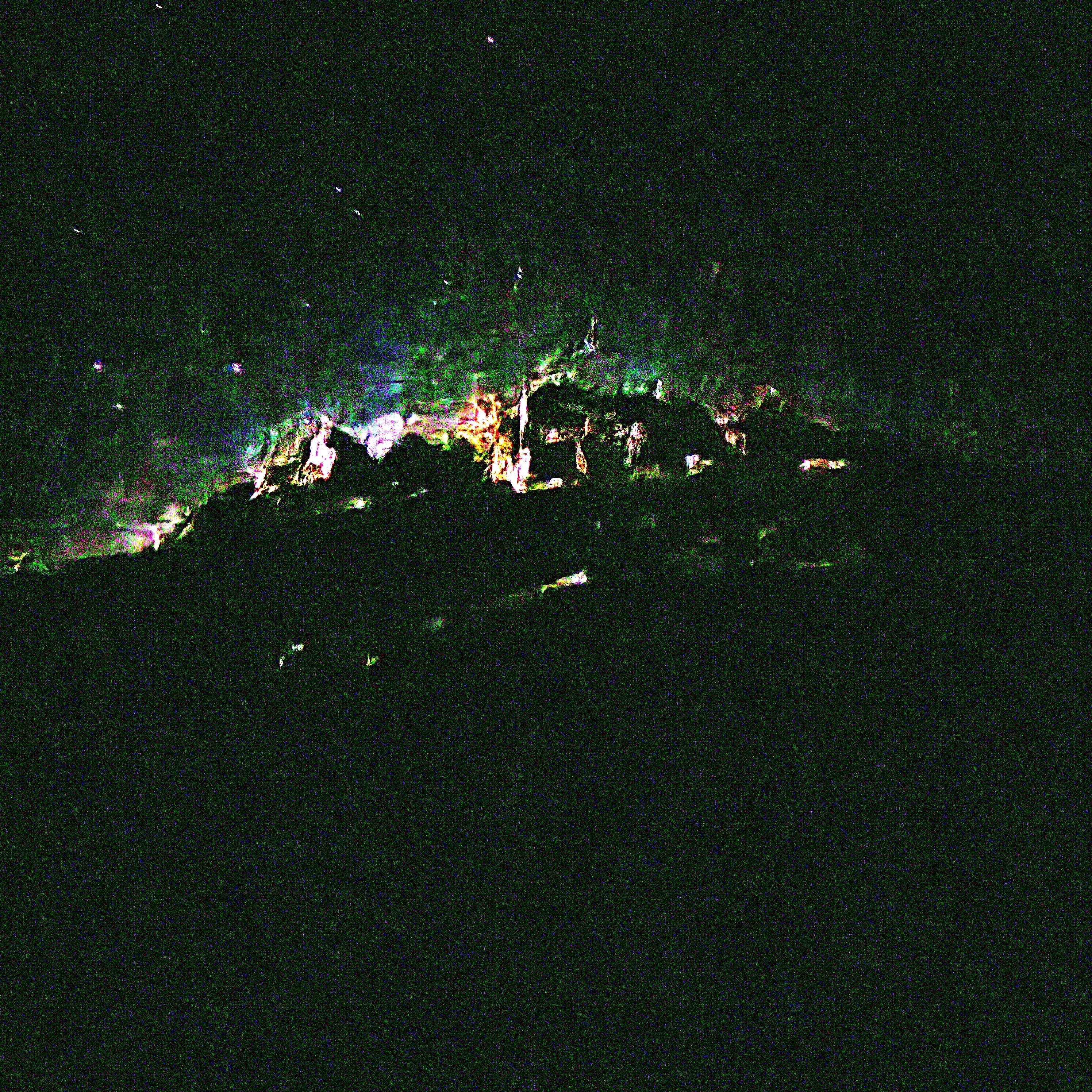
Please don’t blow by these images. I can merely highlight and document. The real stars are the stones and their story. These night shots have not been altered by me other than the lighting adjustments.
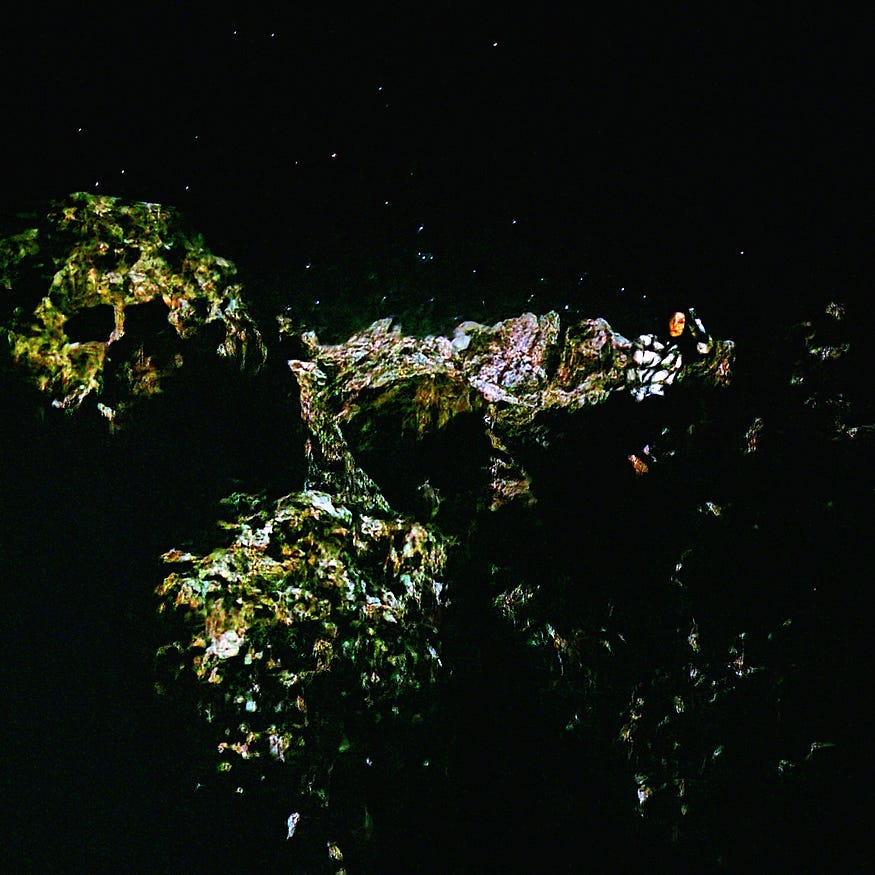
Those that are new to this quest, I welcome you to tag along. It all may seem absurd at first as all new ways of seeing start. Even if I am totally wrong, at least it is well documented. If you are just joining this mission and feel overwhelmed, it is not uncommon. It may take the brain a few exposures to start picking up the design. Like any language it takes the brain exposure to the new patterns and start putting it together. The brain will start eating it up. It is all still there, it is just a little rusty.
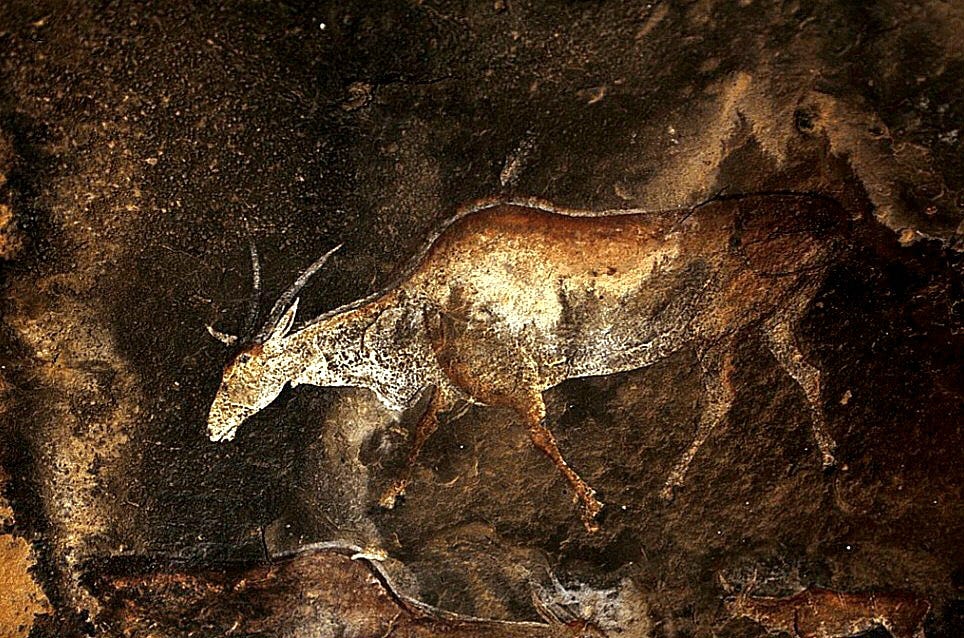
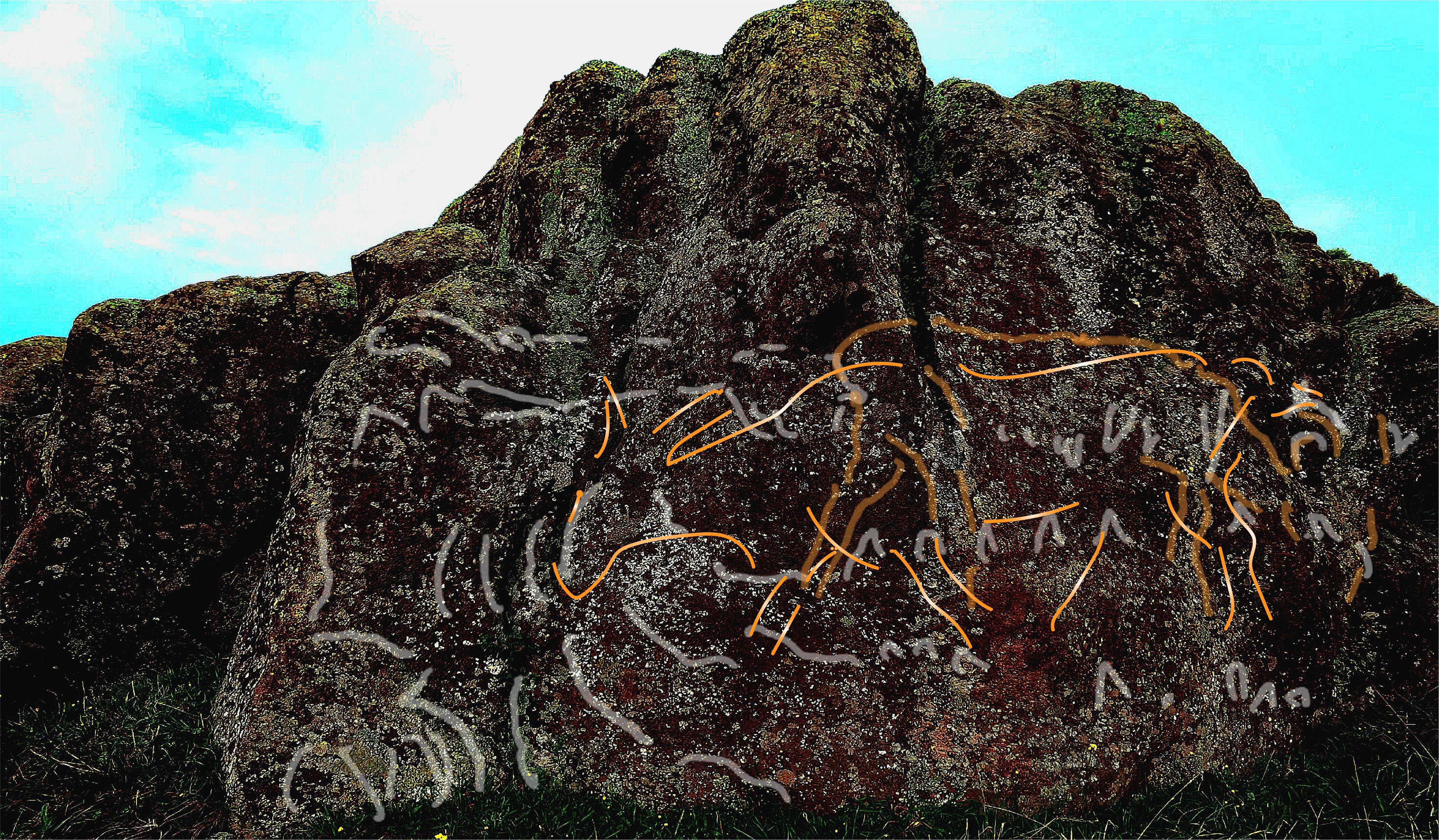
If you are finding some of my material repetitious, I assure you it is a positive sign. Communication comes with that characteristic. Every sentence has a subject, and an action. Most stories have a beginning a middle and an end. Books have covers with table of contents, with pages with numbers. They have titles, with reference to the author. If I was describing a book, and how it works, how the letters represent sounds, the function of punctuation, the sentence structure, I would be very repetitious. Lithic Literature has many of these structures as well. Think of the different layers as chapters. The heading of this chapter we are following is the alligator and the deer. I have chosen an image of an extinct version of a deer from a rock wall in Southern Africa . It is not painted but napped out of the naturally colored layers on the stone surface. We can not say how long ago it was rendered, other than the artist was aware of the extinct deer’s existence. It may have already been extinct at the time of the image’s creation, we can at least say the artist was aware of it and commemorating it. Below I have include a link to the site.
I chose this image because it corresponds well with the image of the deer I was picking up on the stone monument that I am breaking down at the top of the caldera on Terceira Island. I feel that my skills at understanding this design is not unlike a trained anatomist. As a young artist I worked for Tuft’s Veterinary school assisting with images for an anatomy syllabus. If you are viewing soft tissue, with nervous system, circulatory system, bone structure, etc., you need to know what you are looking for, or it just looks like road kill. The image of the extinct deer is beautiful and far from road kill, but there is a lot more being offered than just the deer that is spotted at first glance. For some reason the African artists has brought the deer back to life in full color but that is only one layer of this work of art. I could make it easy for myself and just stack some of my images of the different layers and call it good as documented and move on, but this blog is more than scientific observations, it is a tool to teach those who are interested to learn how Lithic Literature works, so I am going to feed you one at a time. That sounds pretentious, I know! but it is what it is. I not messing around with broken egos. This is a lesson on how this works. we all can do this, but we have to start looking and understanding. This is not a silly game. I may have turned some folks off with that said, I can only hope they can get over it. Maybe we can refer this as “ the art of seeing”.
I am not a writer, yet here I am, blindly feeling my way. I find words ambiguous and limited by the type of language and dialect. I much rather paint portrait of a face in full living color with lips moist and slightly parted as if to speak and share their name. I am making a great effort full of errors and mistakes that reveal to all my weaknesses with the word. I do this for you. Some would love to pull out that red pen and have at it. I would not mind that effort. I can certainly use the help, and if you could have seen my first effort in this endeavor, most would have cringed. So please forgive my illiteracy and focus on the message. In time I think I can improve but I have no expectations of grandeur with my writing. Now that we got all those ego issues out of the way, I hope we can let it go and get back to Lithic Literature and how it works.
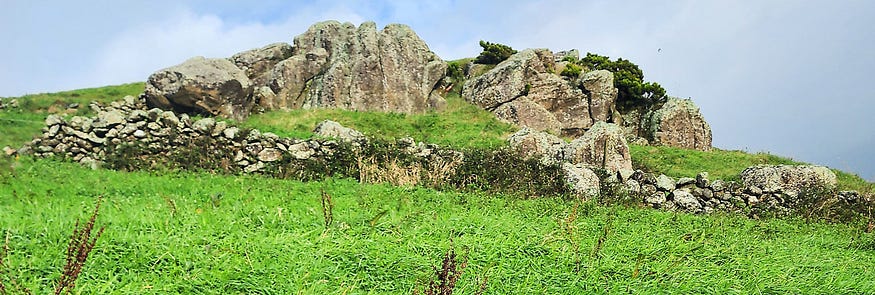
I have tried to make it easier for viewers by posting two versions of each image adjacent to each other. One image is the original, the other has my highlighting to help the viewer focus on the subject at hand. As always, there will be tons of distractions as other subjects clammer for attention. They are all valid and deserve that attention but for now I am focused on the alligator and the deer. I have not enhanced the images other than a slight adjustment in the lighting. The highlighting is done with a transparent setting for the line that can be done on most computers with a drawing app.
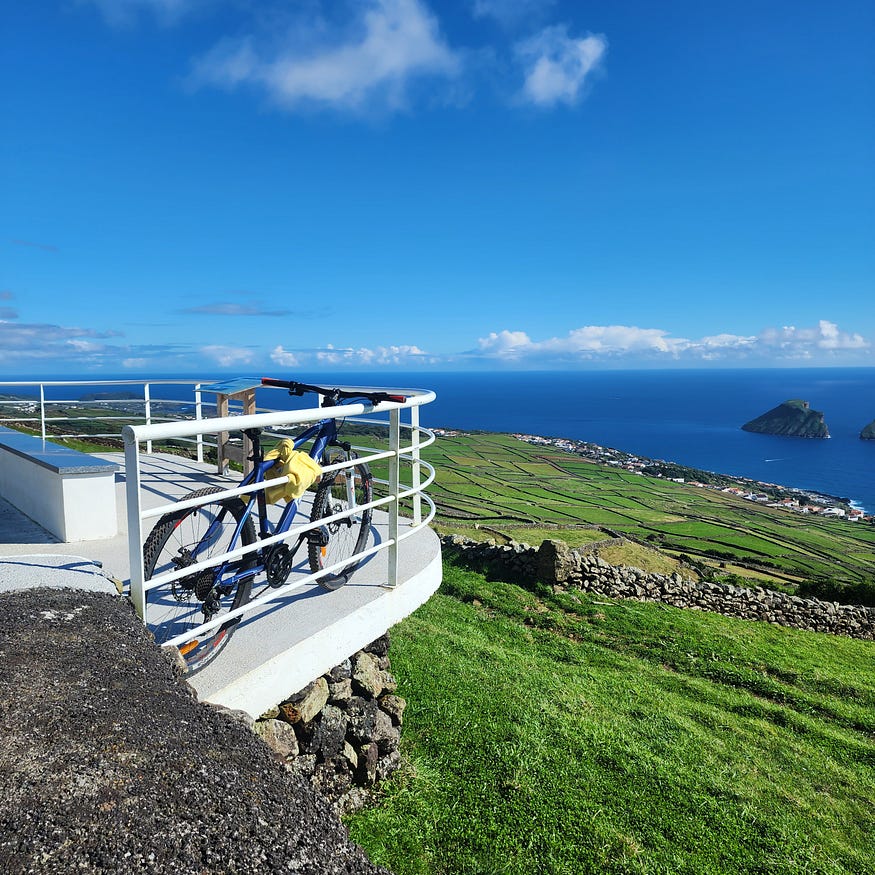
We have been told not to judge a book by its cover. The image of the deer on the rock wall of southern Africa is our book cover. That is simple enough. Lithic Literature is designed in such a way that the artist reused pathways in order to increase the data on the surface of stone. Remember, art is an illusion created by the artist using tricks as they take a 3D image and transfer it to a 2D design. For example the quadruped will always have 4 legs, usually an ungulate. With a few gestures an artist can change a deer to a horse, to a goat, or sheep; I could go on. That is exactly what is going on here. Although we have the extinct deer on the cover of our stone, you can open up the book/stone and discover the life and times of our extinct deer. You will find a chapter on all your favorite quadrupeds, yes even our elusive giraffe. I pray it also will not become extinct. I have included a link to a previous article where the quadruped pathways are explained as well as the food chain.
In the image on the right I present a common predator of the deer, the alligator, I might even add the deer may be the alligators favorite dish. Let your brain linger here. Allow it to bootup the image. After a good look, it is good to look away, have a cup of tea, or whatever, just to give your mind a moment to process, then come back and look again. The brain is a master at patterns. Each time you look at an image, the brain will bootup more of the design. Do not get frustrated if it does not happen all at once, I promise we can all do this, we are just a little rusty. Give yourself a chance. I promise your brain will start eating it up. The brain loves this. It will be so happy it will be asking for more!

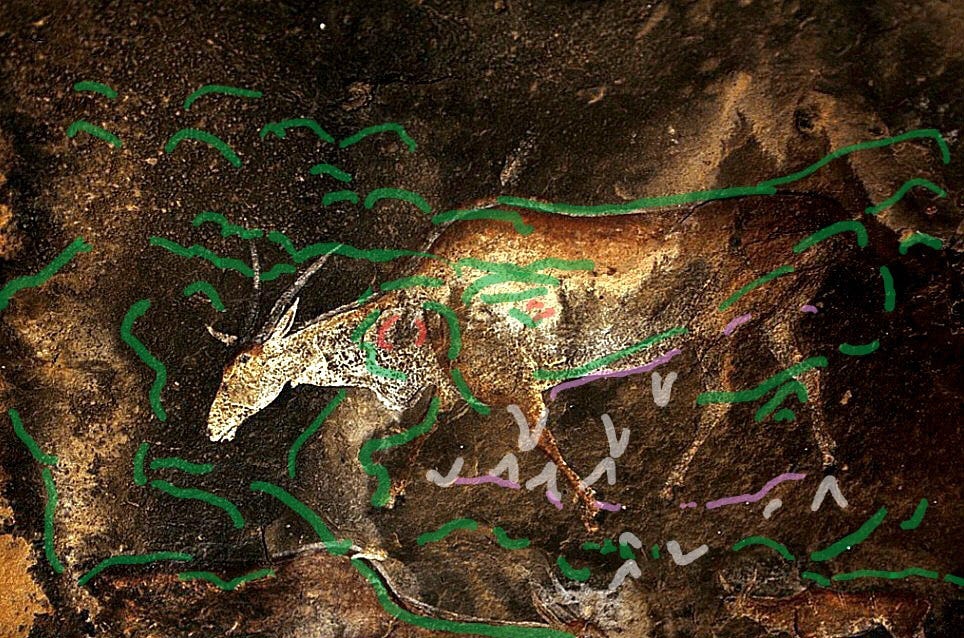
Please allow your brain to digest the design. An excellent strategi to help your brain find its quarry is to look for the eye of the subject you seek. The large reptilian eye of the alligator is well worked and the soft doe eyes of the deer can be found. I am providing a little visual support by adding an alligator portrait from the web. Yikes!😮 I admit, this material gives me nightmares at times.
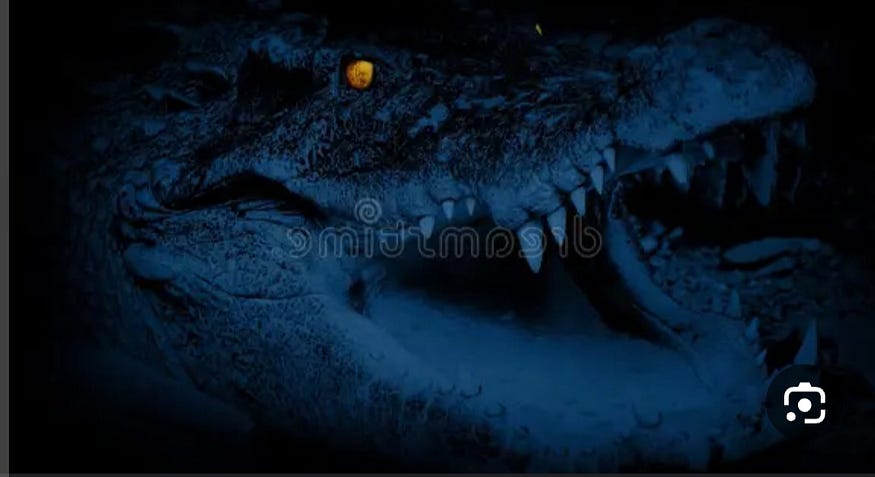
It always helps to take a little break, do a little dance, distract the brain for a moment. It clears the palate, if you will, for the next exposure. As I promised both sites have deer posturing to drink as well as many other activities a deer will encounter. The next two images will show the deer leaning in for a drink and the other facing the other direction. The image on the right has more postures of the deer highlighted in the tan line. It shows how the artist with just a few adjustment can take the same deer and do a 180 and head in the opposite direction. If you are feeling good about what you are seeing on the left, look at the image on the right that is not highlighted and look for other quadrupeds. There are different ears, horns, antlers, making way for cattle, sheep, goats, etc. There is even a beautiful zebu with its large drooping ears and fatty hump on its shoulders. If you are not there yet, don’t give up. If you are just starting out and you are picking up a little bit, just keep looking, and having cups of tea. It will come.
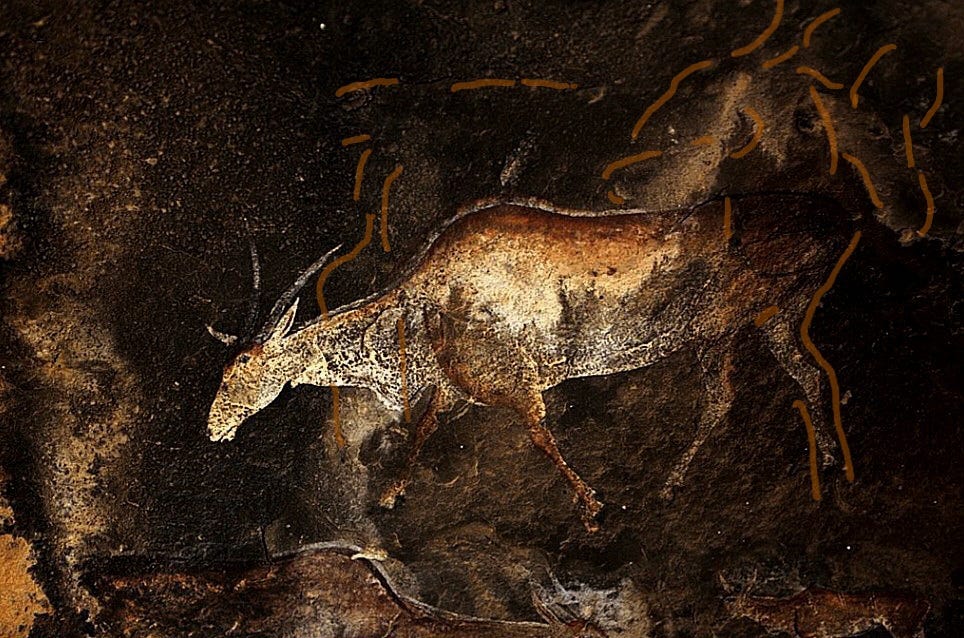

In the next two images we are back on the Azores and may support my idea that earlier artist were able to carry a template of their design in their pocket, and transfer that design to the desired site and scaled it up or down to fit. The image of the dear highlighted on the right echoes the deer above from Africa nicely. yup, there is that old alligator looking for its dinner too.
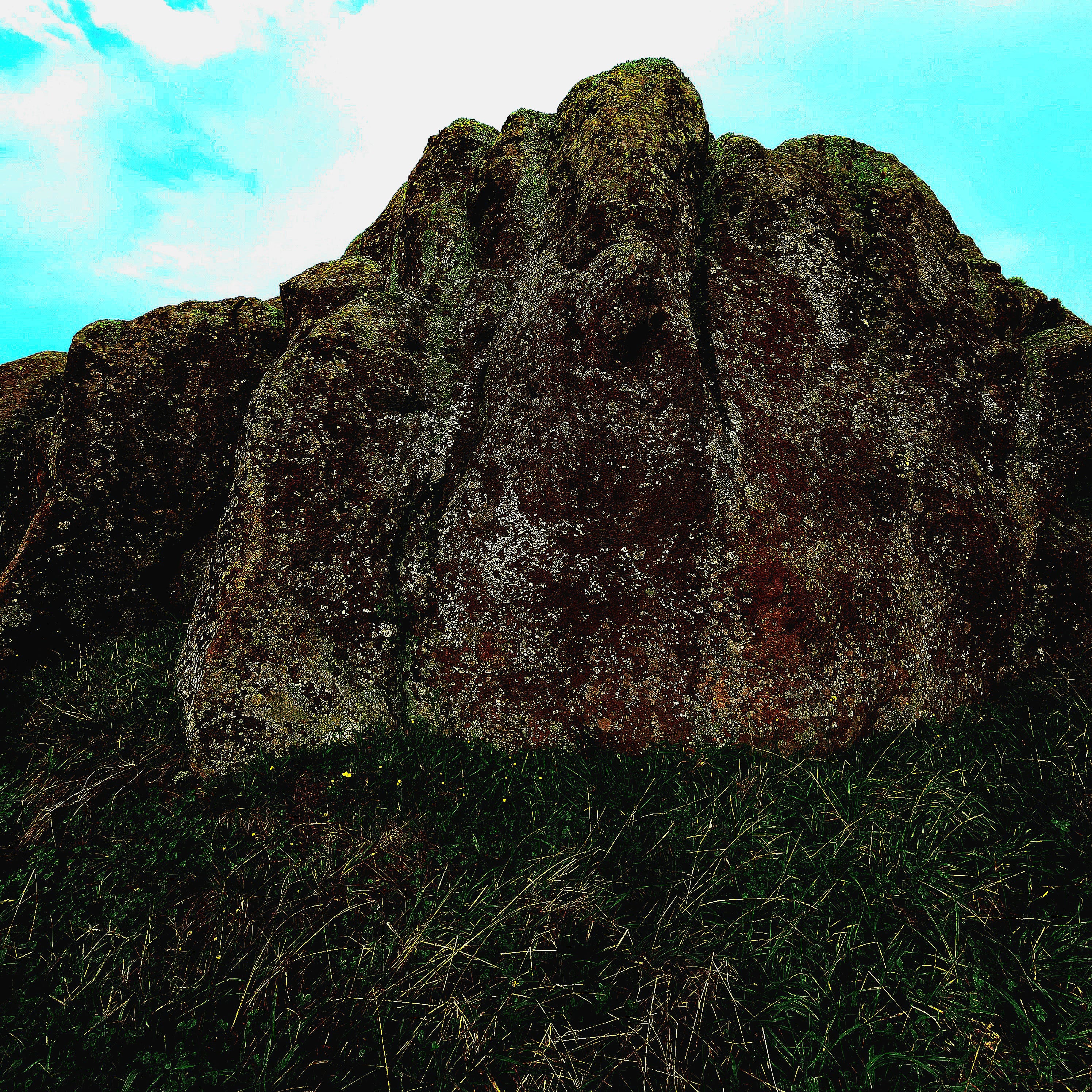

Now for the star of the show and why I have returned for a second time to Terceira Island , the night shot. I took the photo below almost exactly a year ago to the day. I did not understand what I had fully captured at first. You could say I was lost in the dark for a moment. I was not even sure which stones I was looking at. I am from the State of Maine and traveled here prompted by local archeologist to study the stones, in particular to see if I could pick up an image of a dragon. The dragon is a whole other chapter. After some analysis upon my return I am more than happy to find it is the same volcanic stone cropping I have been breaking down for the last year. I am awaiting for the moon to get to a quarter phase to have enough light to recapture the design as it uses the reflecting properties of the volcanic stone. I am convinced I can get a clearer shot now that I have a better understanding of what is going on here. I am full of anticipation.

I hardly feel the need to highlight the image below, but for the sake of being as clear as possible for you, I have done a quicky. This is absolutely super crazy but super crazy good.
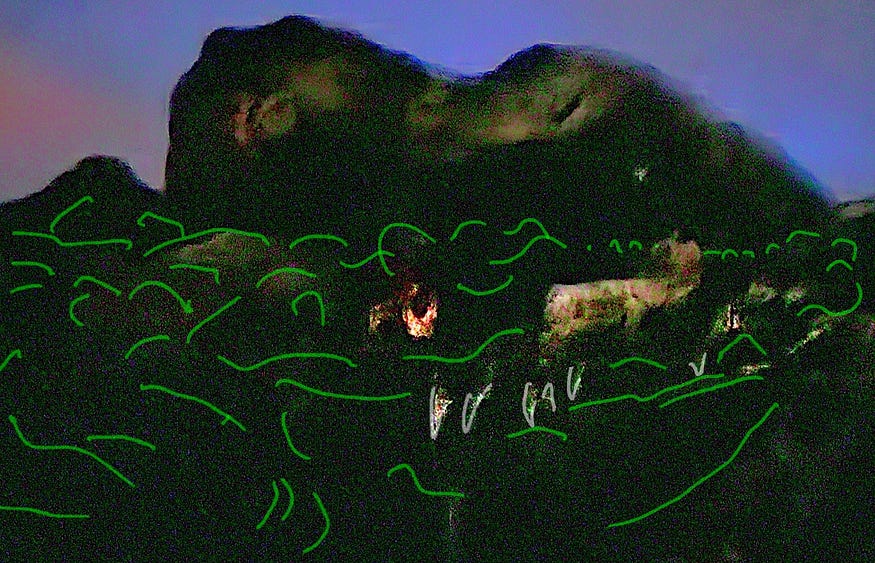
What do you think? Have I done a good job at teasing the alligator out of the stone? I am totally thunderstruck!⚡⛈️⚡⛈️😉😏. Look for yourself in the image below.
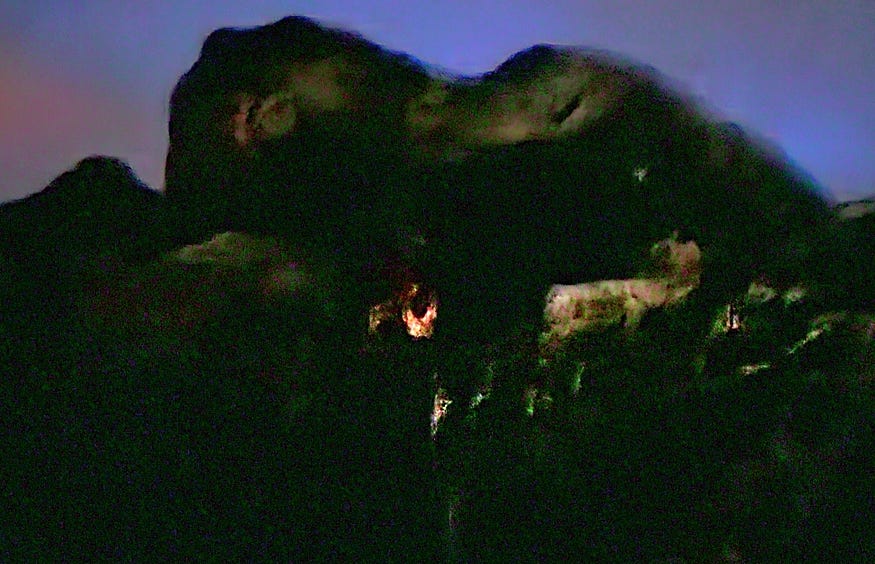
As I have mentioned this Blog is an opportunity to document my finding at the same time a teaching tool to help others learn to see. I have included a few more highlights of the subject that are of interest to me. I will comment briefly and then move on to the next adventures in the stones.
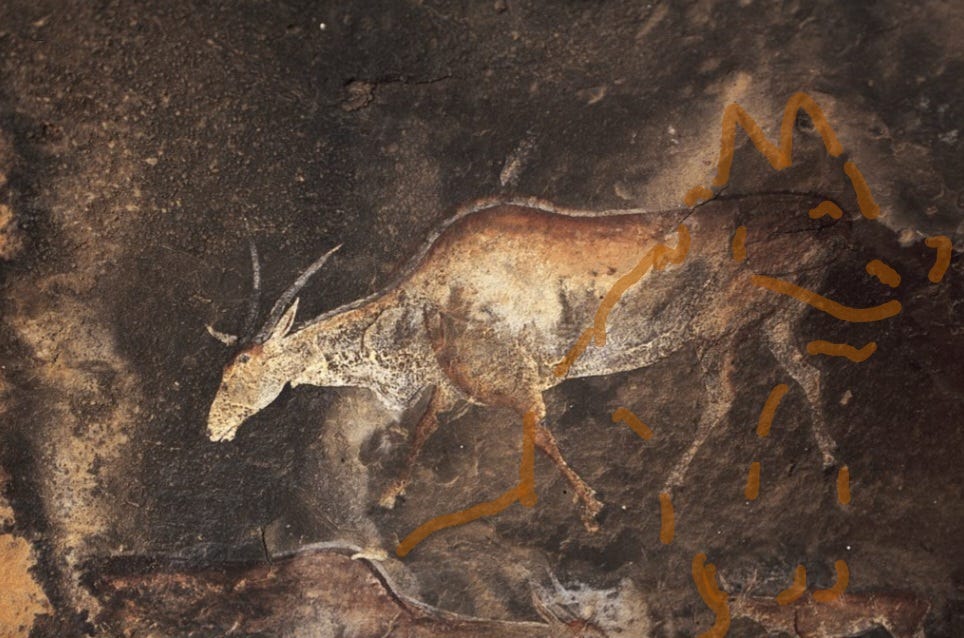


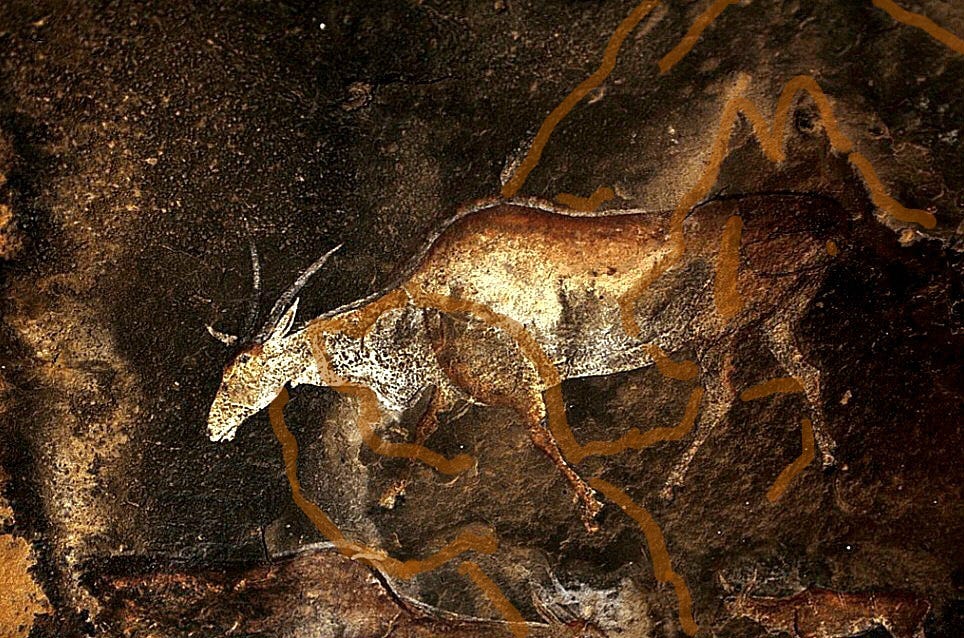
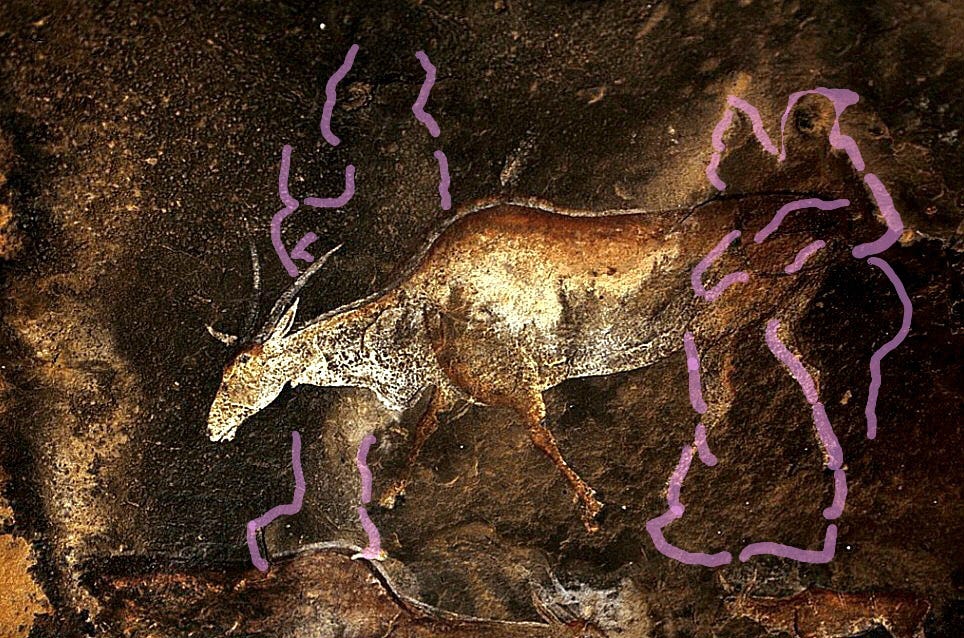

The stone have many layers that include architectural structures in their landscape. The structures I am picking up here are embedded with the pointed ears of the canine. In other stones they are more square as in the Great Pyramids of Egypt. Others are more basal and reflect a simple dwelling such as a teepee or lean-to made of animal hide. In the southern African rock etching it appears as the structures from Timbuktu in Mali. This is special because it can put the artist origin on the map. Maybe😉.
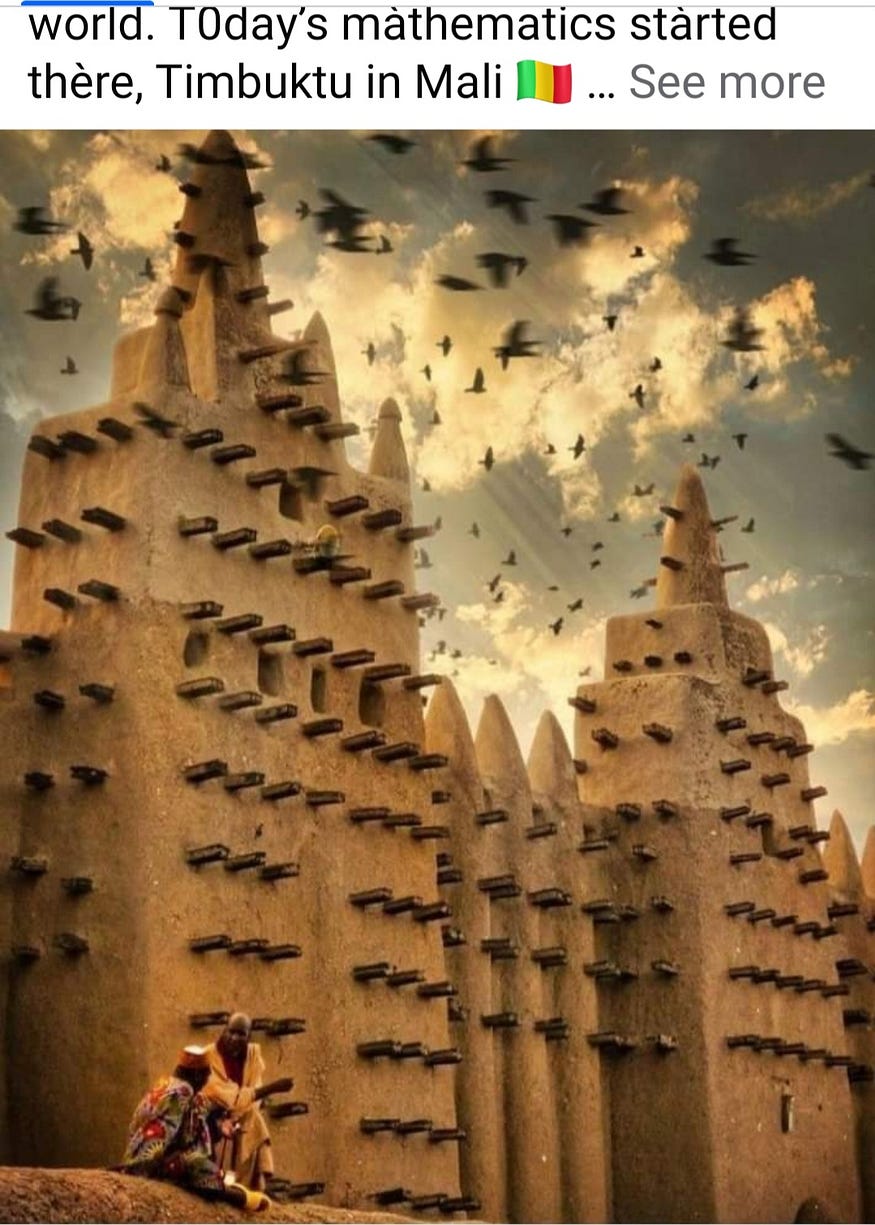
Because I am from Maine I feel compelled to add a stone from home. The point/blade gives reference of the deer and wolf. It is a flint artifact with a lovely patina. I have included a link to a previous article that goes into more depth of the Maine point.
https://medium.com/@karolabryant/our-true-history-is-etched-in-stone-3d4984fa26a0
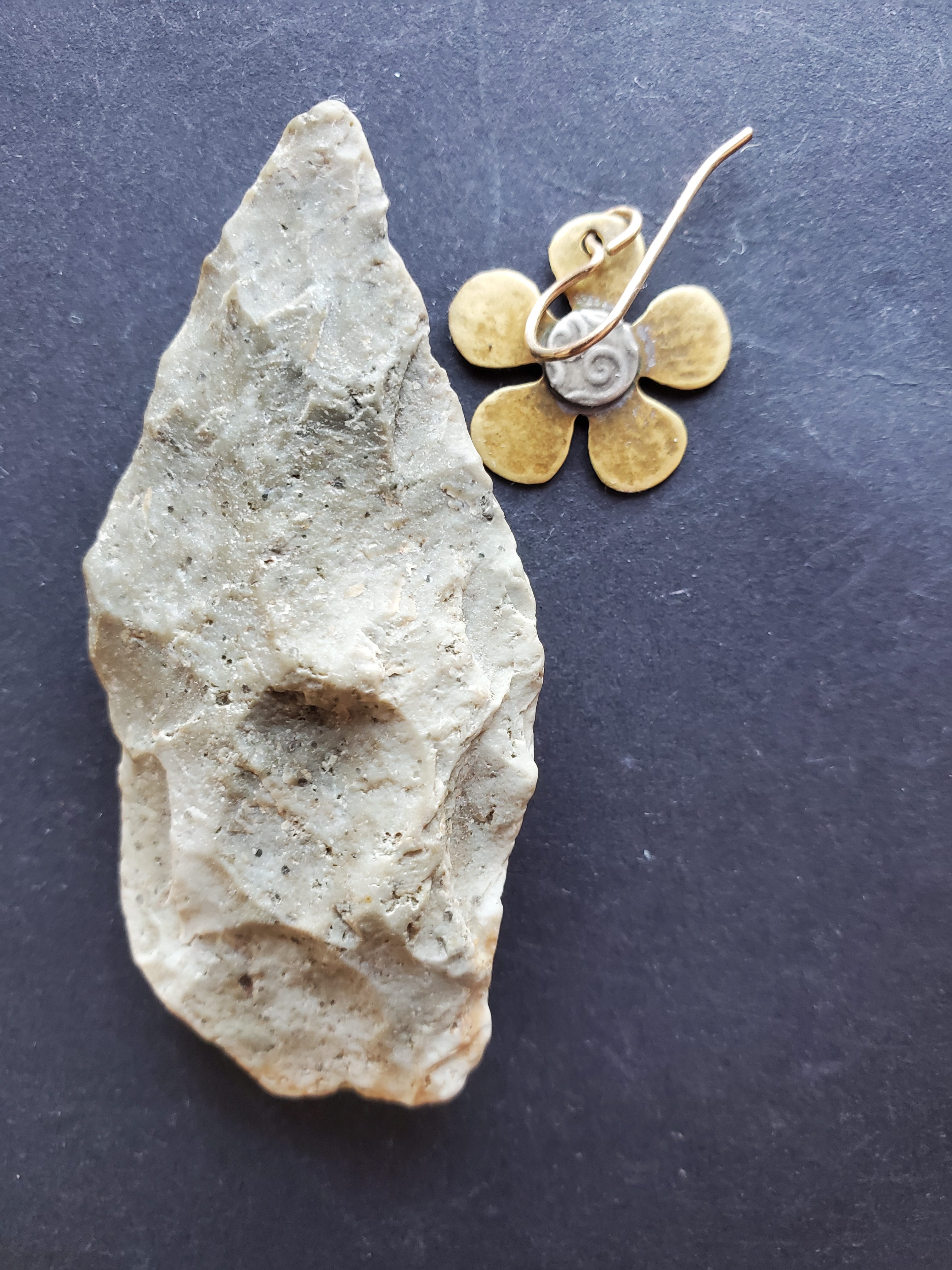
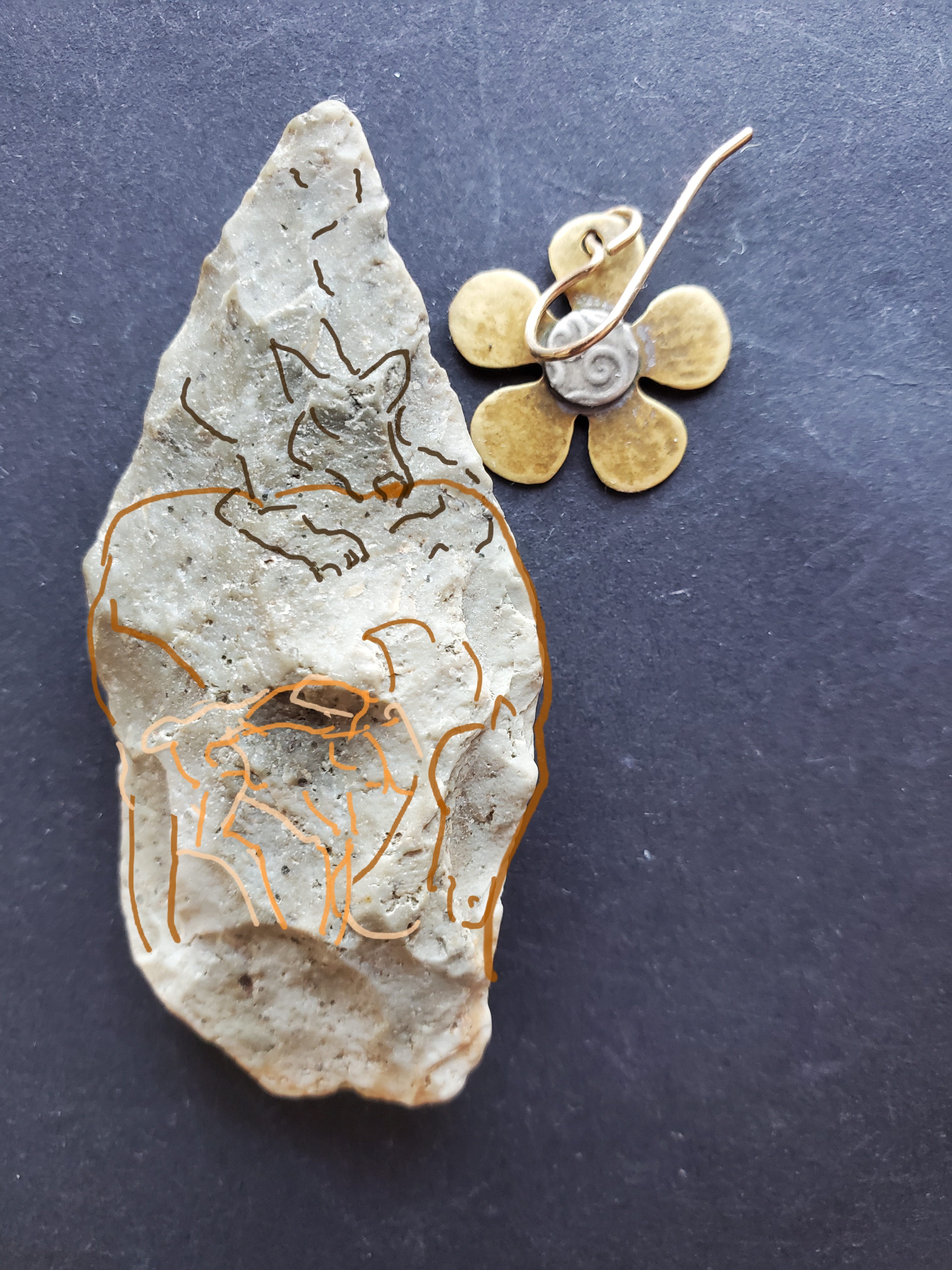
This design is super old. Not all applications of the design are as old as 1.2 million, although some could be older. Below the Tanzanian adze points to the story the quadrupeds and their predators. With your new insight, find the alligator looking for lunch.
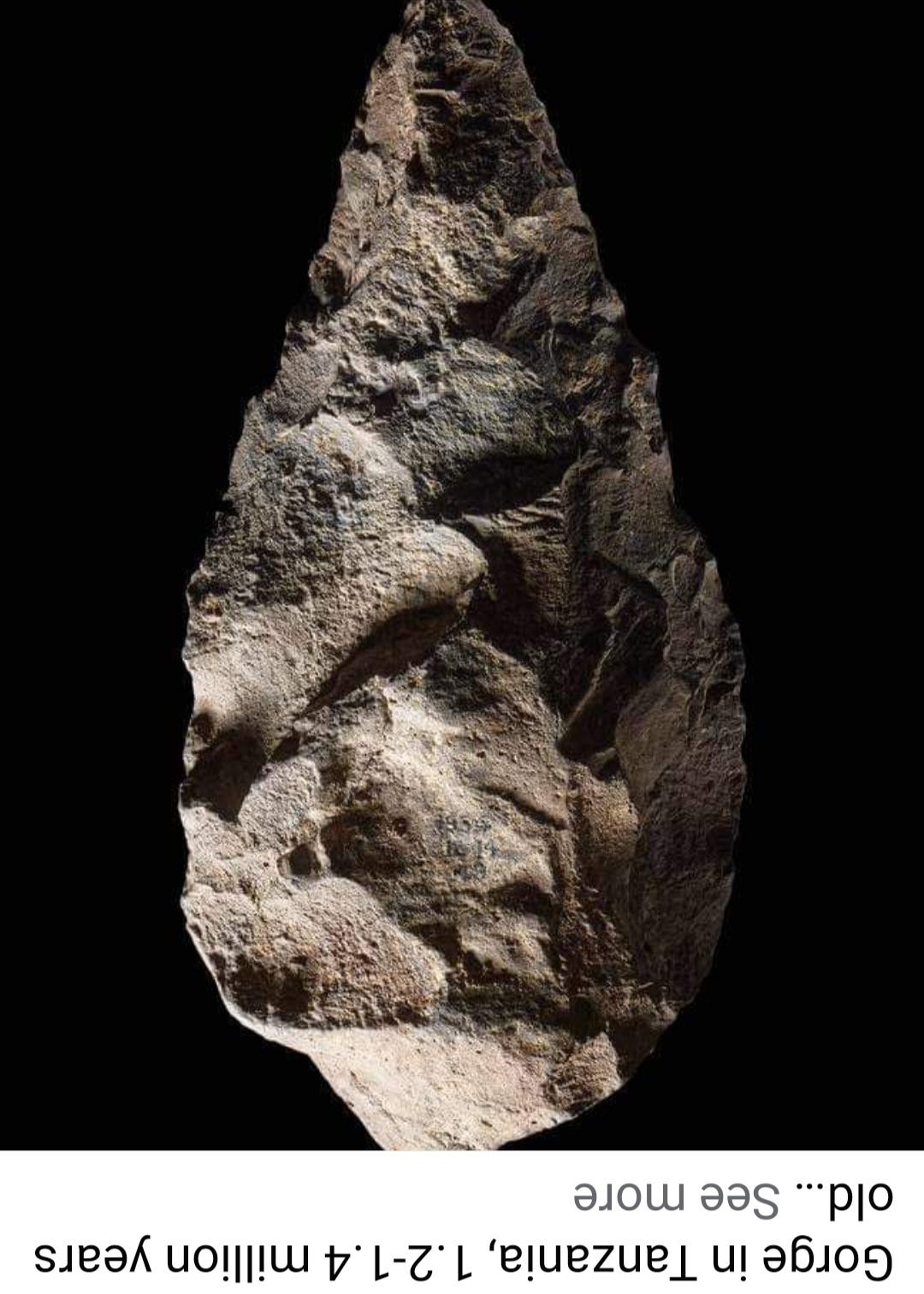
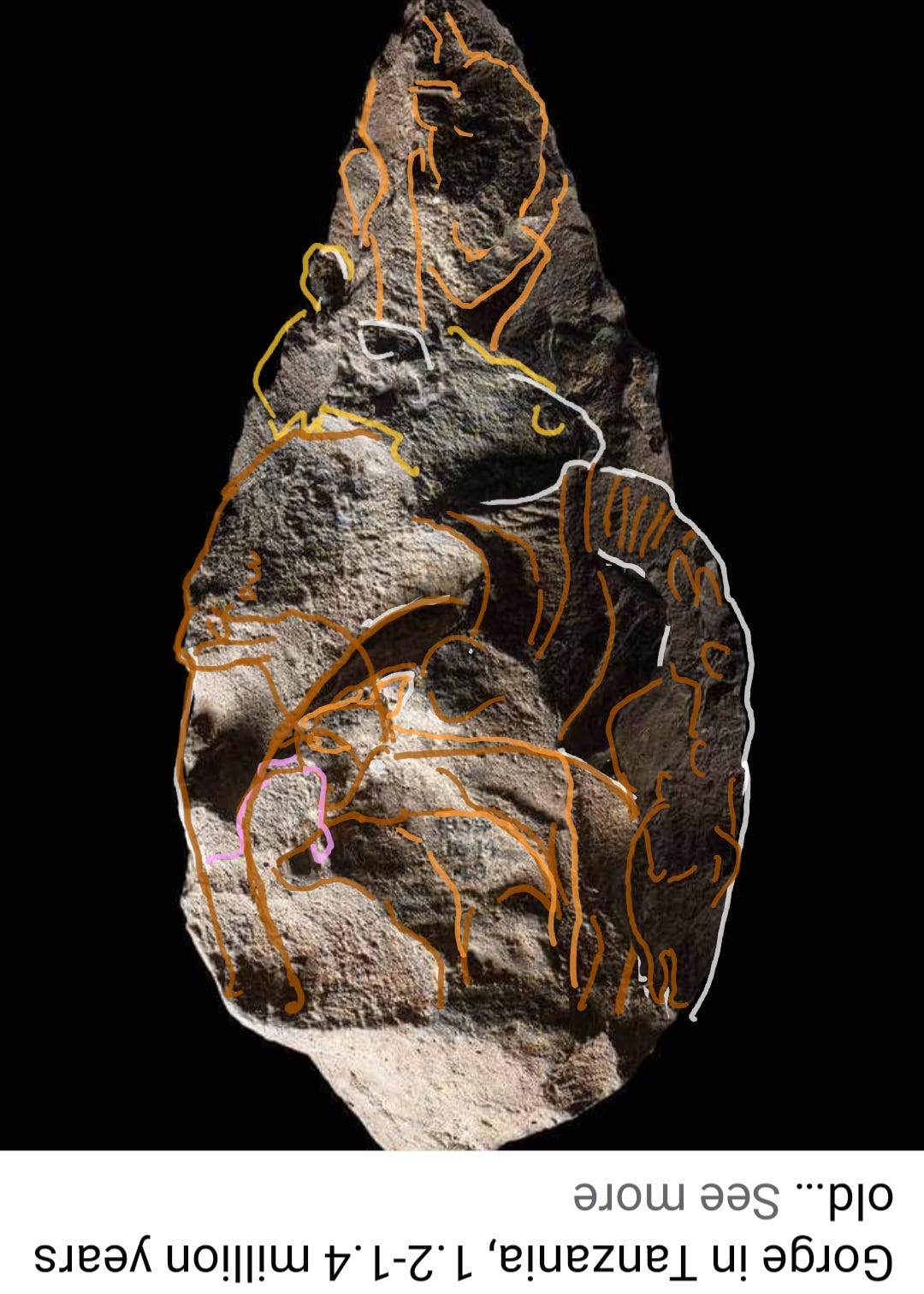
I am thrilled to have a venue to document and express my findings. Using Medium is a pleasure. Hope you all are enjoying this as much as I am. Thank you again for looking, and please keep looking. 😘



Comments
Post a Comment